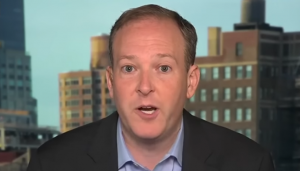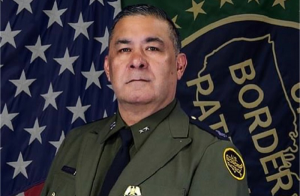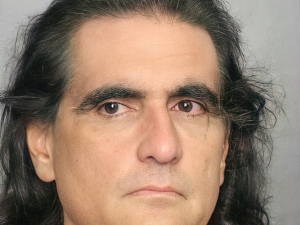Taliban,
the militant Islamic group now in control of Afghanistan, was once known for
its distrust of technology and all things ‘western’. But the 20 years out of
power and especially the last decade has seen the organisation grow in numbers,
a growth primarily fuelled by their engagement on social media. In early May,
when the US and NATO forces formally decided to withdraw from Afghanistan, the
Taliban upped its military game, conquering province after province, and
eventually ousting the western-alliance backed civilian government. However,
the groundwork for seizing power in Afghanistan was being laid by the Taliban
for years on social media.
Also Read | US assists exit of 4 Americans from Afghanistan using overland route
When
President Ashraf Ghani was in power, the Taliban sponsored social media
accounts highlighting the alleged failures of the Kabul government while
lauding Taliban’s achievements, according to a BBC report. The tweets often ran
hashtags such as #kabulregimecrimes, alleging that the civilian government had
committed war crimes, and #westandwithTaliban. The first hashtag once trended
in Afghanistan. When it did, then Afghanistan Vice-President Amrullah Saleh
warned the public against believing claims made by the Taliban on social media.
Also Read | Women students in Afghanistan’s private universities to wear abaya, niqab
For long,
Taliban maintained a strict opposition to information technology. When the
group first came to power in 1996, it banned the internet, confiscated
television sets, cameras and video tapes. But in 2005, Taliban launched its
official website — Islamic Emirates of Taliban, ‘Al-Emarah’. The website
publishes in English, Arabic, Pashto, Dari and Urdu. The content on the website
is overseen by the head of the Taliban’s cultural commission and the group’s
chief spokesperson Zabihullah Mujahid.
Also Read | Taliban invite China, others to attend government formation ceremony: Report
Zabihullah
Mujahid, the man who has become the face of Taliban to the international media,
had his first Twitter account suspended when he first joined. But his new
account, created in 2017, has 371,000 followers. A dedicated team works under
him to spread Taliban’s ideology. Taliban’s social media director Qari Saeed
Khosty told the BBC that Taliban’s social media team has two groups, one focused
on Twitter trying to get its hashtags trending and another focused on disseminating
messages on WhatsApp and Facebook.
“Our enemies
have television, radio, verified accounts on social media and we have none, yet
we fought with them on Twitter and Facebook and defeated them,” Khosty told the
BBC.






